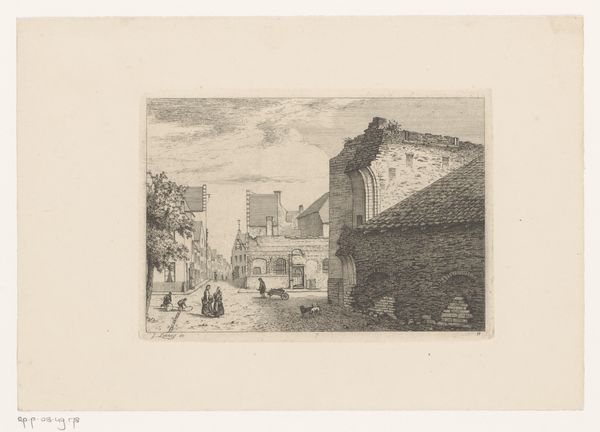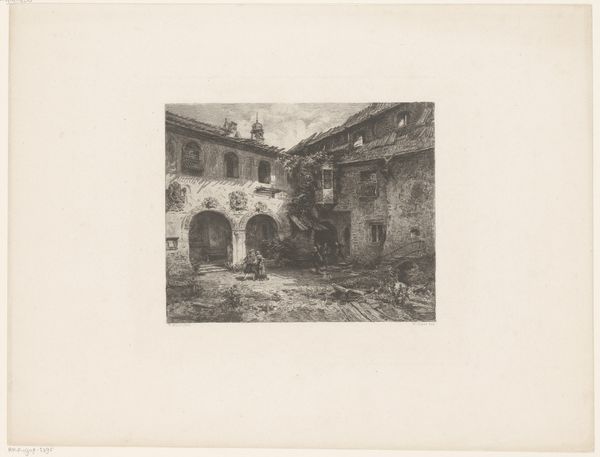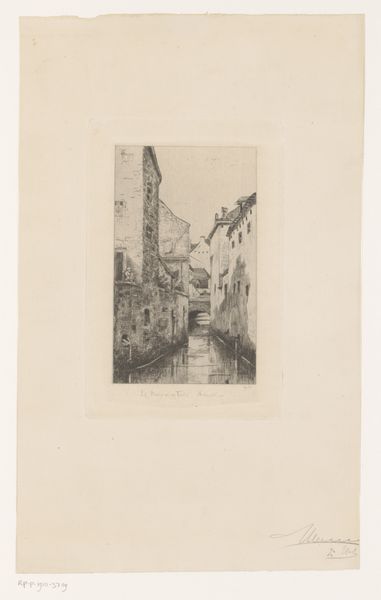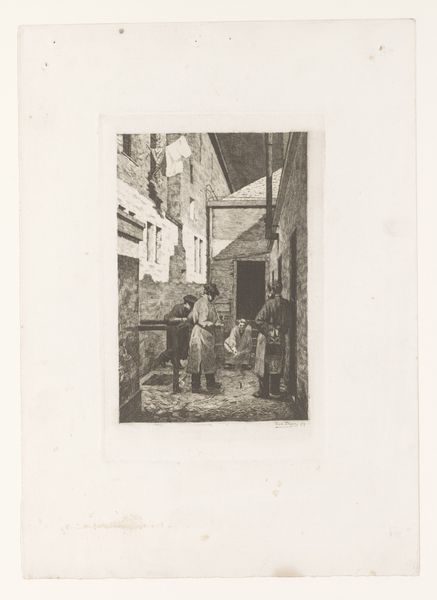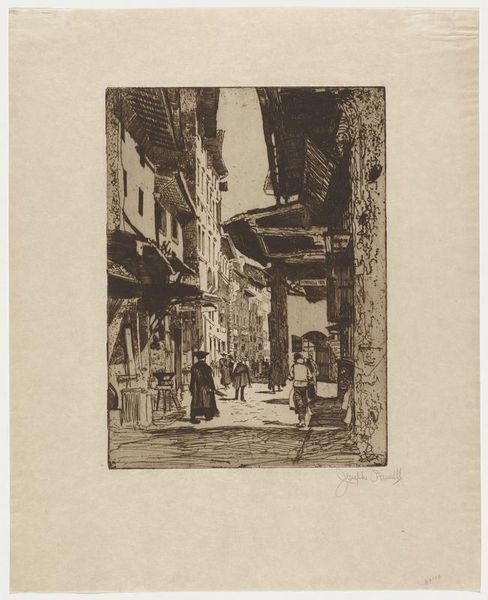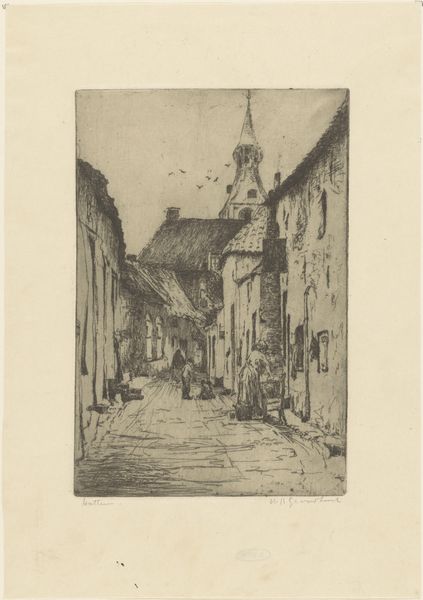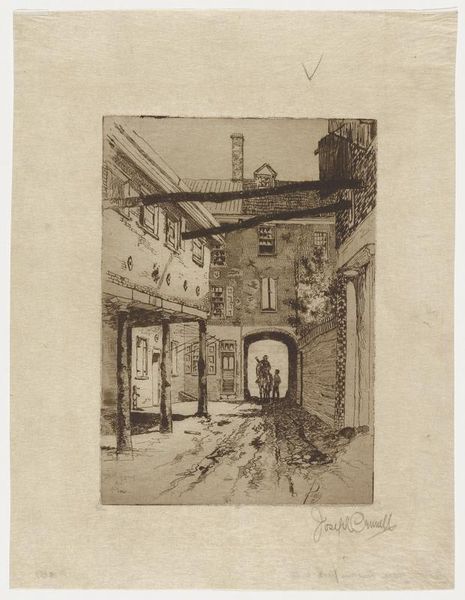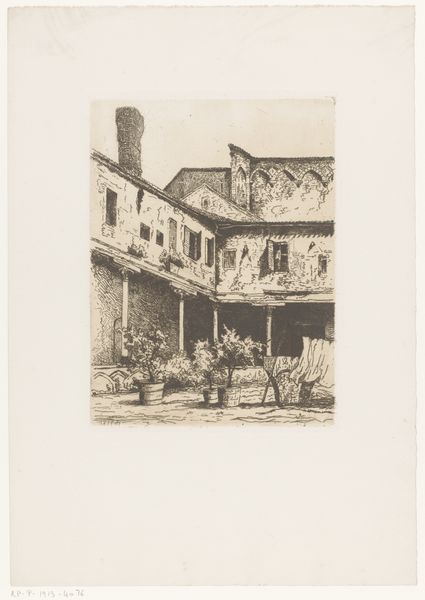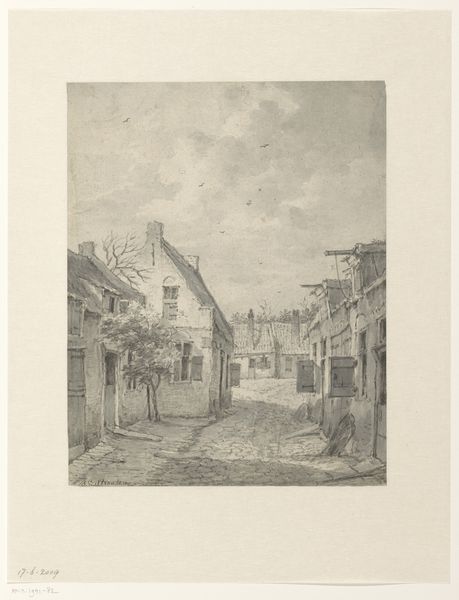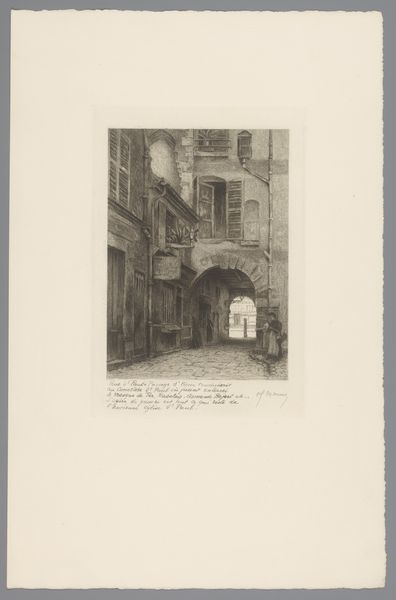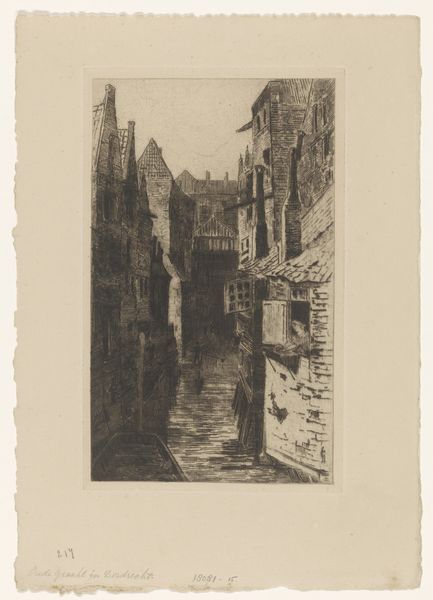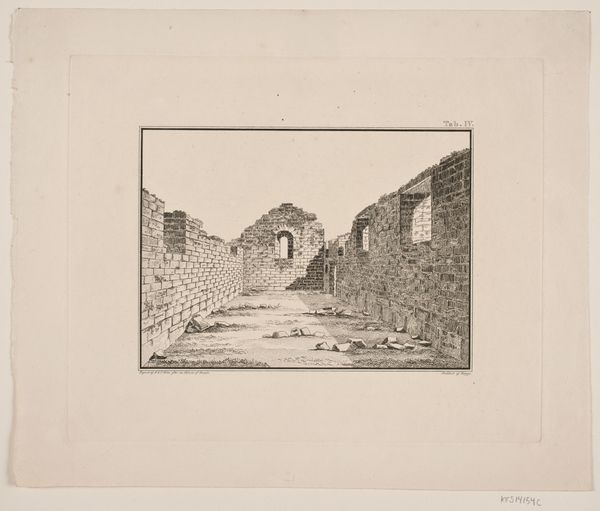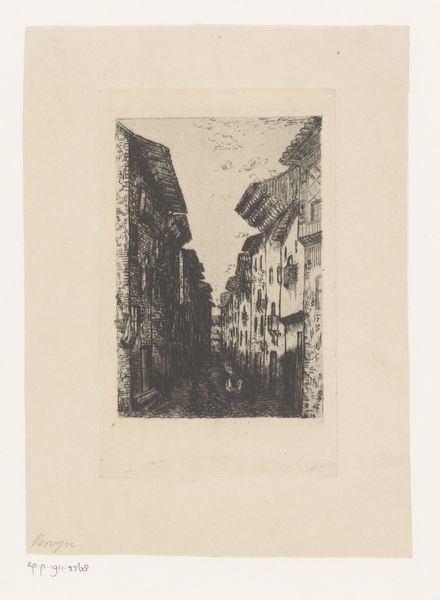
print, etching
# print
#
etching
#
landscape
#
etching
#
cityscape
#
watercolor
Dimensions: height 283 mm, width 207 mm
Copyright: Rijks Museum: Open Domain
Curator: Looking at this etching of Verona, dating from between 1888 and 1934 by Willem Adrianus Grondhout, one can't help but feel a sense of stillness. Editor: Yes, I am struck by the texture created through the etching process. The roughness gives the scene a sort of tactile quality. I am also curious, though. What type of paper was used, and do we know the state of the etching plates, whether worn, reused? Curator: From a historical perspective, cityscapes like this gained traction with the rise of urbanism. Art became a mirror, reflecting how society was reshaping the landscape, often glorifying progress and sometimes subtly critiquing it. What sociopolitical function does such a view provide? Editor: The print medium suggests a democratizing intent, producing copies makes artwork more accessible. Etching as a craft also involved specific tools, materials, and skills that were very much part of a larger economic structure of production and consumption at the time, making even ‘fine art’ an occupation much like other means of supporting yourself and your family. Curator: I agree that the accessibility speaks volumes, democratizing artistic engagement. What are your final thoughts regarding this particular impression of Verona? Editor: Thinking about it materially, this artwork provides texture but, even better, access to culture in general and offers critical questions about value and status.
Comments
No comments
Be the first to comment and join the conversation on the ultimate creative platform.
